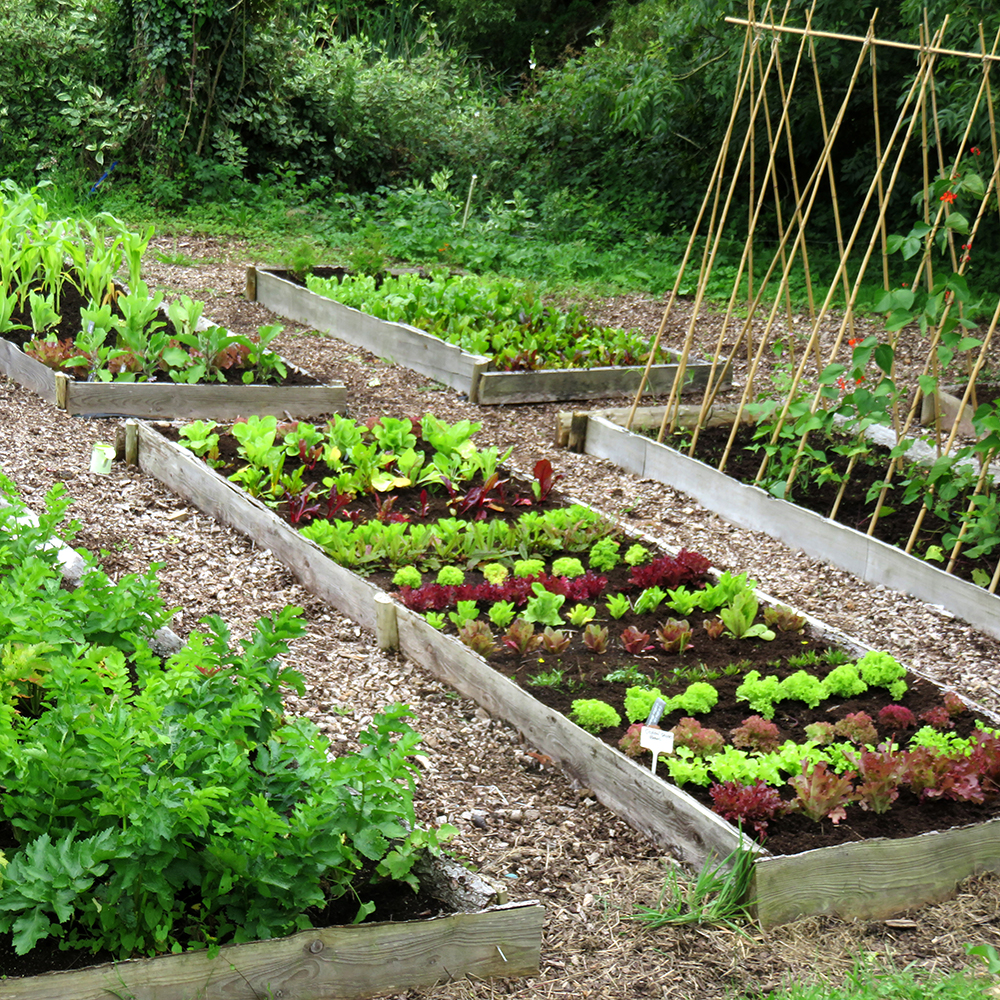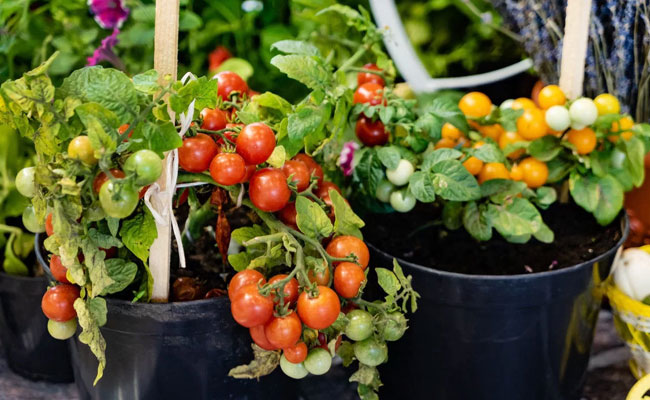Discover how to Maximize Kitchen Garden Yield with our expert tips. From smart planting techniques to efficient space utilization, we’ll guide you in maximizing your garden’s yield. Enjoy abundant, fresh produce year-round right from your own backyard. Let’s transform your garden into a bountiful haven!
Planning and Design
- Choose the Right Location: Ensure your garden gets at least 6-8 hours of sunlight daily. Good drainage and proximity to a water source are also important.
- Plan for Succession Planting: After harvesting one crop, plant another to make efficient use of space and time. For example, after early spring peas, plant summer beans.
- Use Raised Beds or Containers: They improve soil quality, drainage, and access, making it easier to manage and maximize planting space.

Soil Health
- Test and Amend Soil: Regularly test soil pH and nutrient levels. Add compost, manure, and other organic matter to improve soil fertility and structure.
- Rotate Crops: Prevent soil depletion and reduce the risk of pests and diseases by rotating plant families each season.
Plant Selection
- Grow High-Yield Varieties: Choose varieties known for their productivity and suitability to your climate and soil.
- Companion Planting: Plant compatible crops together to enhance growth, repel pests, and maximize space like tomato and basil.

Efficient Use of Space
- Vertical Gardening: Use trellises, cages, and stakes to grow vining plants like tomatoes, cucumbers, and beans vertically.
- Intercropping: Plant fast-growing crops between slower-growing ones to use space more efficiently (e.g., radishes between rows of carrots).
Watering and Mulching
- Consistent Watering: Water deeply and consistently to encourage strong root growth. Drip irrigation systems or soaker hoses can be more efficient.
- Mulching: Apply mulch to retain soil moisture, suppress weeds, and improve soil health over time.
Pest and Disease Management
- Integrated Pest Management (IPM): Use a combination of biological, cultural, mechanical, and chemical methods to manage pests. Encourage beneficial insects and practice crop rotation.
- Healthy Plants: Strong, healthy plants are more resistant to pests and diseases. Regularly inspect plants and promptly address any issues.
Seasonal Strategies
- Extend the Growing Season: Use cold frames, row covers, and cloches to start plants earlier in the spring and extend the growing season into the fall.
- Succession Planting: Stagger planting times for crops like lettuce and carrots to ensure continuous harvests throughout the season.
Harvesting Techniques
- Regular Harvesting: Harvest crops regularly to encourage continuous production. For example, picking beans and zucchini frequently can stimulate more growth.
- Proper Techniques: Use appropriate harvesting techniques to avoid damaging plants, which can reduce future yields.
Advanced Techniques
- Hydroponics and Aquaponics: These soil-less growing systems can maximize yield in limited space and with controlled conditions.
- Square Foot Gardening: Divide your garden into square-foot sections, each dedicated to a different crop, to maximize use of small spaces.

